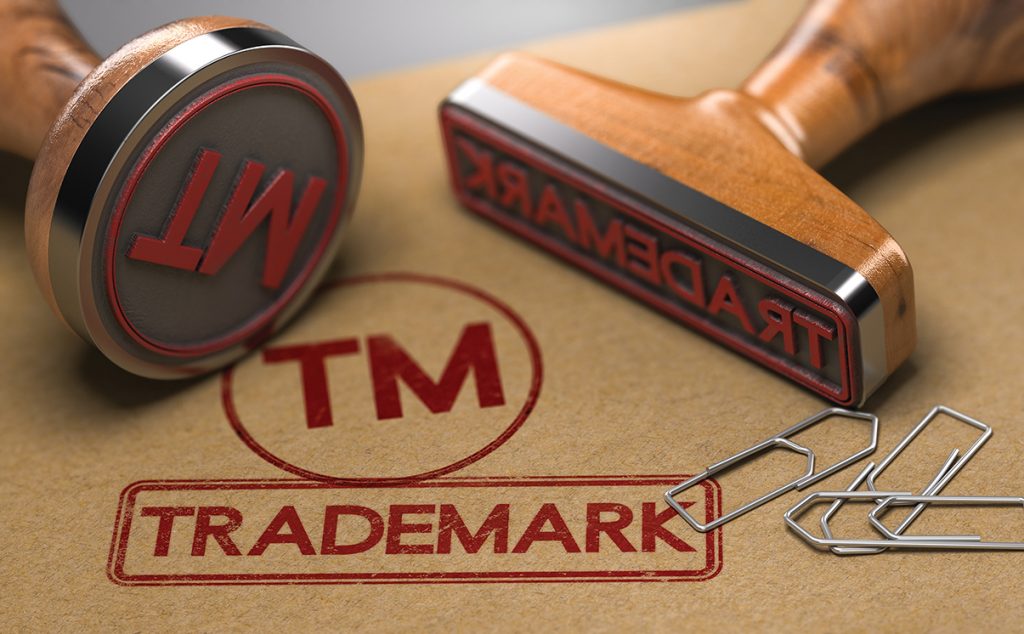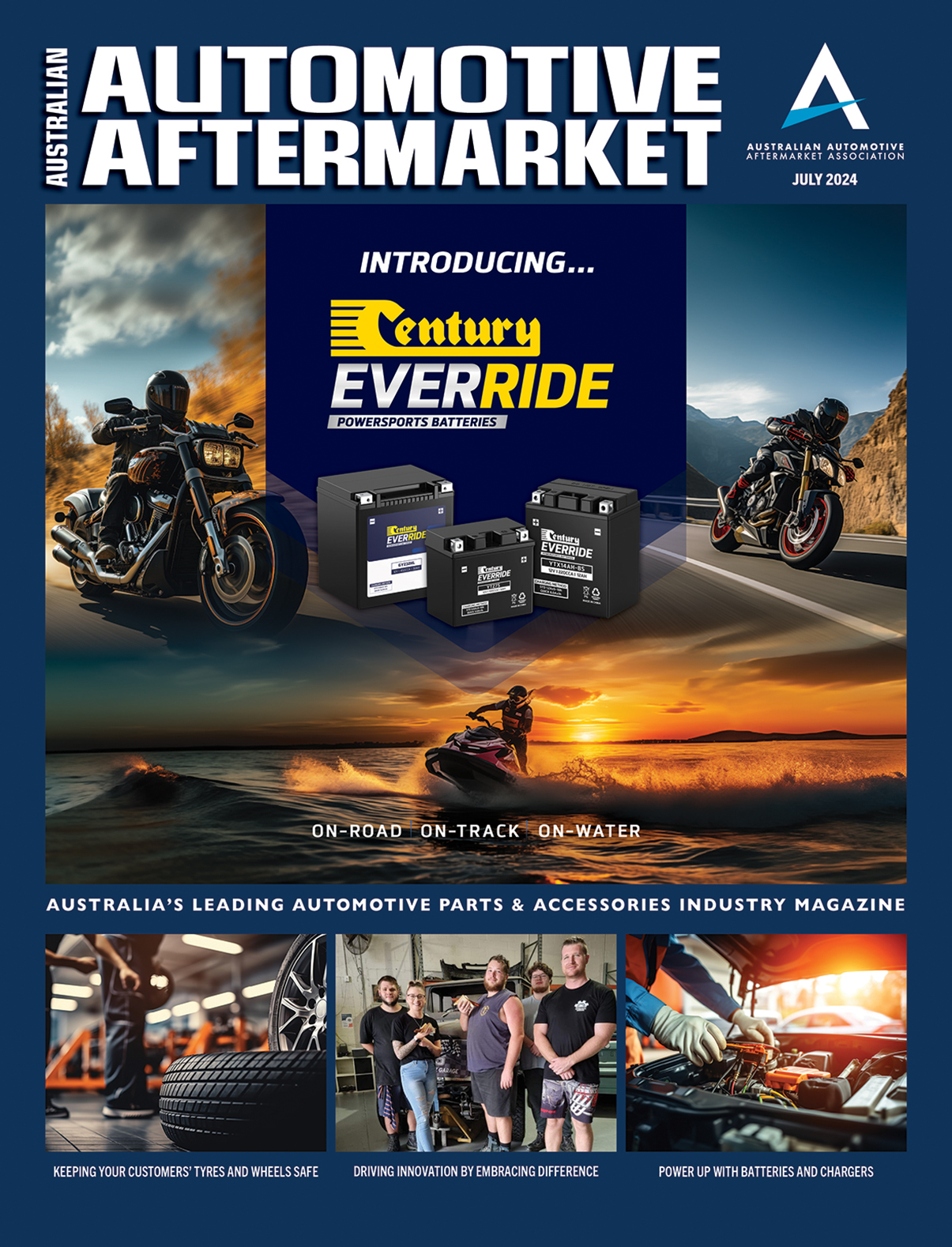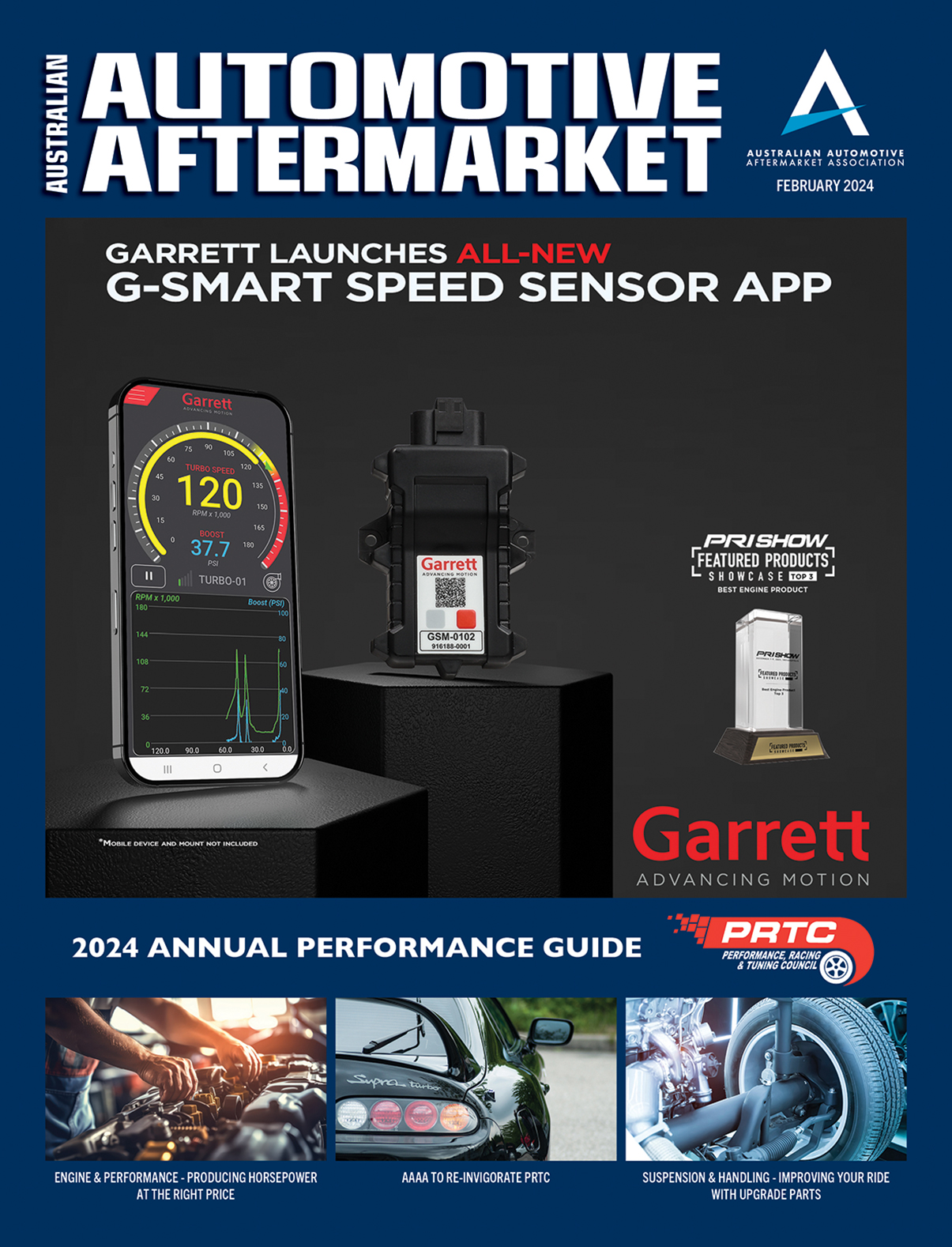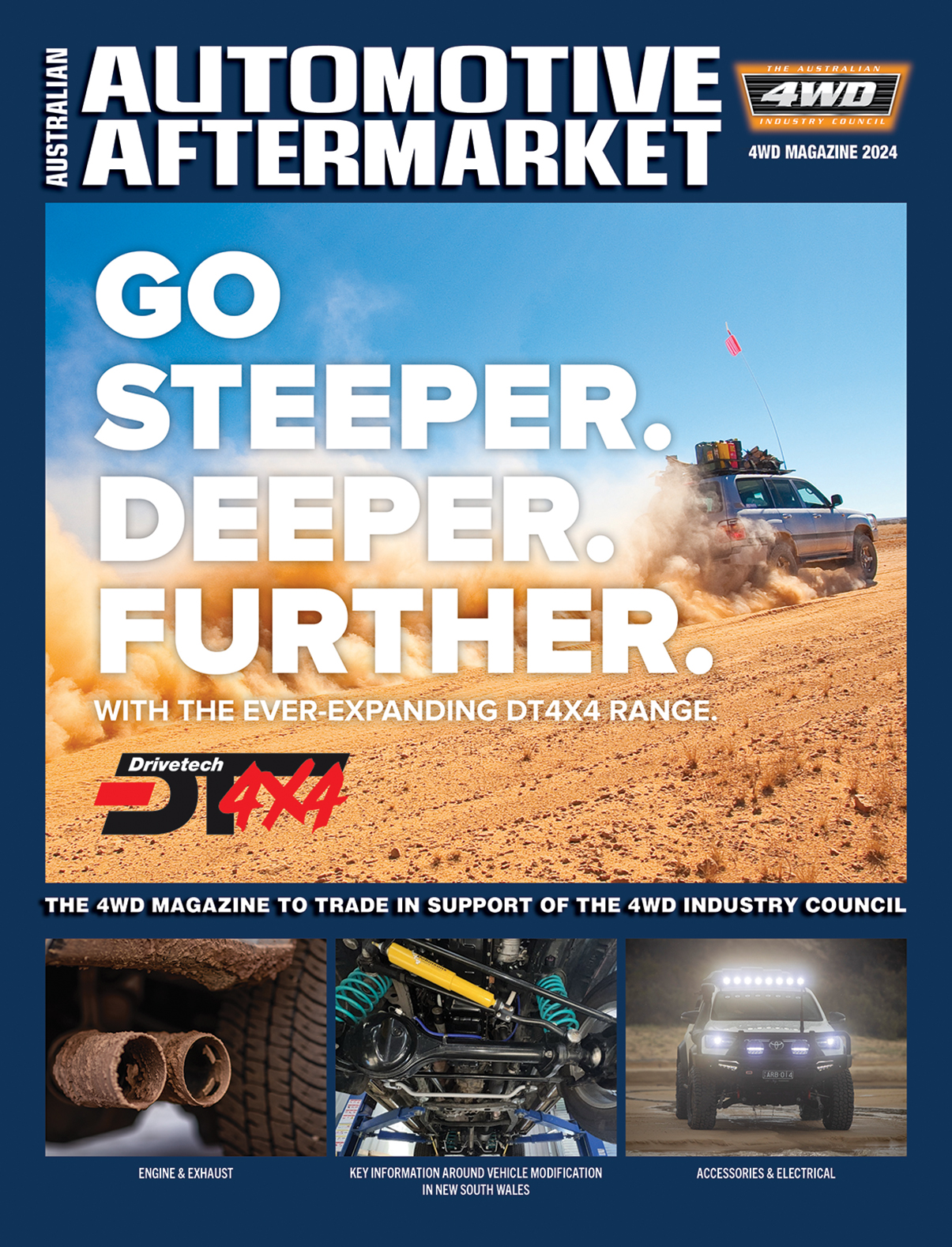THIRD PARTY TRADE MARKS
Often third party trade marks are used for advertising aftermarket products and automotive services to inform potential customers the type of vehicle the product or service is suitable for

If using such trade marks, it is important not to infringe the trade mark owner’s rights. This article provides a very brief overview on trade marks and using third party trade marks.
What are trade marks?
A trade mark is a sign used, or intended to be used, to distinguish goods or services dealt with or provided in the course of trade by a person from goods or services so dealt with or provided by any other person. Often when thinking of what a trade mark is, logos come to mind. However, trade marks are more encompassing than only logos. Trade marks can be words, letters, an image (such as a shape or logo, which may incorporate words), a phrase, or even a sound or colour.
Infringing a trade mark
The circumstances in which a trade mark will be infringed are set out in the Trade Mark Act 1995 (Cth) (Act). A trade mark is infringed by a person when a person uses a sign as a trade mark that is ‘substantially identical’ with or ‘deceptively similar’ to the trade mark:
• in relation to the goods or services in respect of which the trade mark is registered; or
• in relation to the following (unless the person using the other sign (as a trade mark) establishes that its use is not likely to deceive or cause confusion):
o goods or services of the same description in respect of which the trade mark is registered; or
o services closely related to the goods in respect of which the trade mark is registered; or
o goods closely related to the services in respect of which the trade mark is registered.
Additionally, where a trade mark is well known in Australia, that trade mark may be infringed by the use of another sign (as a trade mark) in respect of unrelated goods or services, if the other sign (used as a trade mark) is ‘substantially identical’ or ‘deceptively similar’ to the well-known trade mark, so that it is likely to indicate a connection between the unrelated goods or services and the trade mark that is well known in Australia.
When may a third party trade mark be used?
The registered owner of the trade mark has the exclusive right to use the trade mark or to authorise other persons to use the trade mark. If you are not authorised by the trade mark owner to use the trade mark, then a third party trade mark may only be used in compliance with the Act.
The Act permits the use of third party trade marks in certain circumstances. For a business offering aftermarket vehicle parts and accessories or services for particular vehicles, the following permitted use is relevant:
• the business uses the third party trade mark in good faith to indicate:
– the kind, quality, quantity, intended purpose, value, geographical origin, or some other characteristic, of goods or services; or
– the intended purpose of goods (in particular as accessories or spare parts) or services.
However, if seeking to rely on the above in relation to the use of the third party trade mark, it is important that the business is careful in how the trade mark is used.
Tips on using third party trade marks
The general rule is not to give the impression that the business using the third party trade mark is, or is affiliated with, the trade mark owner. This includes all types of trade marks and all types of third party trade mark use including, use in general descriptions of goods and services, use in website menus, use in articles, photographs, website URLs and use in “about us” information on websites. Below is a brief example on using a third party trade mark.
In the below examples:
• assume the word “Karr” is the trade mark of a vehicle manufacturer; and
• assume the word “Prro” is the trade mark of an aftermarket parts manufacturer.
Using third party trade marks in respect of aftermarket parts or accessories, example:
• incorrect use: “Karr clutch.” This is incorrect use as it gives the impression that the clutch is made by Karr rather than the clutch being an aftermarket part;
• suggested use: “clutch suitable for Karr.”
Also:
• incorrect use: “genuine Karr Prro clutch.” This is incorrect as it gives the impression that the clutch is a genuine Karr clutch rather than a genuine Prro clutch;
• suggested use: “genuine Prro clutch suitable for Karr.”
Using third party trade marks in respect of vehicle services, example:
• incorrect use: “Karr logbook servicing.” This is incorrect as it gives the impression that business is approved by, or affiliated with, Karr to provide logbook servicing;
• suggested use: “We provide logbook servicing suitable for Karr vehicles.”
A court may order the payment of damages (among other types of relief), to the trade mark owner if trade marks are incorrectly used. Please contact Industry Legal if you would like assistance with using third party trade marks.
Passing off
Besides trade mark infringement, the incorrect use of trade marks may also amount to passing off. Briefly, the wrong of “passing off” at common law and misleading and deceptive conduct under the Australian Consumer Law may occur where it is wrongly suggested that there is a connection between a trader, for example a vehicle manufacturer, and another business.
Takeaways
The key takeaways are:
• a trade mark owner has exclusive use of trade mark and may authorise a third party to use the trade mark; and
• if a business is not authorised to use a third party trade mark, it may only be used in accordance with the Act.
AAAA Member Benefits
Industry Legal provides advice to members on commercial law matters. If you have any questions relating to the above information, please contact Industry Legal on 1300 369 703 or
aaaa@industrylegalgroup.com.au
Liability limited by a scheme approved under professional standards legislation.
This document is intended for general information purposes only and should not be regarded as legal advice. Please contact Industry Legal if you require legal advice.








